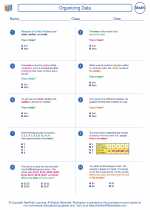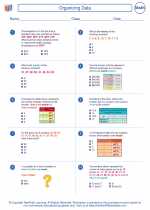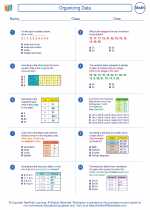Cotangent
The cotangent function, abbreviated as cot, is one of the six trigonometric functions. It is the reciprocal of the tangent function. The cotangent of an angle in a right-angled triangle is found by dividing the length of the adjacent side by the length of the opposite side.
Definition:
The cotangent of an angle θ in a right-angled triangle is given by:
cot(θ) = adjacent side / opposite side
Properties:
- The domain of the cotangent function is all real numbers except the odd multiples of π/2.
- The range of the cotangent function is all real numbers.
- The cotangent function is an odd function, meaning cot(-θ) = -cot(θ).
- The period of the cotangent function is π, which means it repeats every π units.
Graph:
The graph of the cotangent function has vertical asymptotes at odd multiples of π/2. The function approaches these asymptotes but never crosses them.
Identities:
Some important identities involving the cotangent function include:
cot(θ) = 1 / tan(θ)
cot(θ) = cos(θ) / sin(θ)
Study Guide:
When studying cotangent, it's important to understand its definition, properties, graph, and key identities. Practice using cotangent in solving trigonometric equations and problems involving right-angled triangles. Familiarize yourself with the behavior of the cotangent function on the unit circle and its relationship to the other trigonometric functions.
Additionally, make sure to review how to solve for cotangent in different scenarios, such as finding the cotangent of a specific angle or in a given triangle. Practice applying the properties and identities of cotangent to simplify expressions and solve trigonometric equations.
Understanding the concept of cotangent and being able to apply it in various problem-solving situations will be essential for mastering trigonometry and calculus.
.◂Math Worksheets and Study Guides Seventh Grade. Organizing Data

 Worksheet/Answer key
Worksheet/Answer key
 Worksheet/Answer key
Worksheet/Answer key
 Worksheet/Answer key
Worksheet/Answer key
